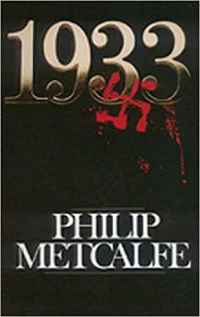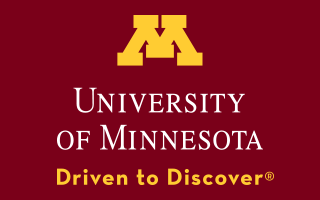
What none of us knew was that she was driving right into the fire of our time.
My son is now a biochemistry Ph.D candidate at the University of Minnesota in Minneapolis. He wants to work on COVID-19, the virus that wrecked the global economy earlier this year, and that is putting America into its second Great Depression.
As she headed home Tuesday morning, the match was lit a few miles from my son’s apartment. George Floyd was murdered by cops using what had become a standard Minneapolis police practice, but which officer Derek Chauvin took to extremes. As most people know now, Chauvin kept his knee on the back of Floyd’s neck for 9 minutes, asphyxiating him. Killing him. Murdering him. Other officers stood by and did nothing.
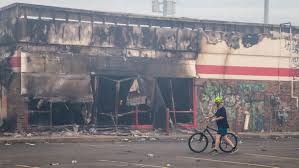
Many people compared the nationwide spasm of violence that began in Minneapolis to the 1968 riots after Dr. Martin Luther King was murdered in Memphis. But these cities are not those cities, and this America is not that America.
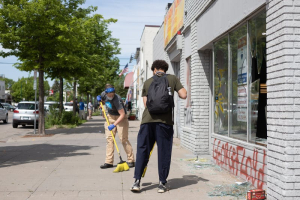
All kinds of buildings were burned or looted during this spasm of violence. University campuses, like the University of Minnesota campus where my son works, were generally left untouched. Many of the marchers came out of those schools. Research universities are where our national economy is centered.
Money no longer comes out of the ground. It rains down from the clouds. Trump defied this new economic order in winning election, and Republicans took that as a mandate. They launched cultural wars at home and trade wars abroad. They combined the political errors of Lyndon Johnson and Jimmy Carter into an orgy of self-destruction.
I’m not happy to have seen this coming. The reason I did is that every crisis in our past has had, within it, the seeds of past crises.
1968 was a struggle against Jim Crow as well as against American Imperialism. That crusade was lost, sowing the seeds of the present crisis.
- 1932 was about rapid economic change and the authoritarian impulse, Communists and Fascists questioned the power of democracy to govern. Capitalism feared for its life.
- 1896 was about the rise of America’s imperial, industrial economy, and the compromises needed on every hand in organizing that economy.
- 1860 started America’s Industrial Revolution, with machine power replacing muscle power and Hamilton’s centralized economy replacing the Jefferson model.
The difference between 2020 and 1968 lies, not in the issues we are all talking about, but the alignment of economic forces. That alignment points toward centralization, and what I’ve called the Obama Thesis of Consensus. There is now a broad consensus, not just in classrooms but in boardrooms, concerning what our real problems are. The climate crisis must be confronted, now, or there will be no economy left by 2050. Problems today aren’t national, they’re global. The solutions must be, too.
The resolution of the 2020 crisis, and it will be resolved, only starts the process of moving toward this new world. The world today is filled with nationalistic, fascist dictators, Trumps both large and small. These little men care only for their personal power. They use that power to pit their citizens against one another and against other nations that are necessarily their allies.
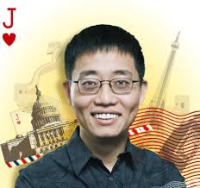
For one thing, we both face the same demographic cliff. It’s the people of India, of Southeast Asia, and of Africa who can get us past that cliff. I’m 65. The median age in both China and America is 38. Indians are, on average 28, Africans just 22. Their hard work can save the world, but only if their talent, and their brainpower, is harnessed, empowered, and compensated.
Right now, we’re all looking at the trees of Trump, of COVID-19, and of America’s racist past. Meanwhile, the forest is burning.
As we come out of the present crisis, look to that forest. Every hand will be needed, on a hose, with a shovel, and with enormous goodwill, if our children are to put the fire out.


